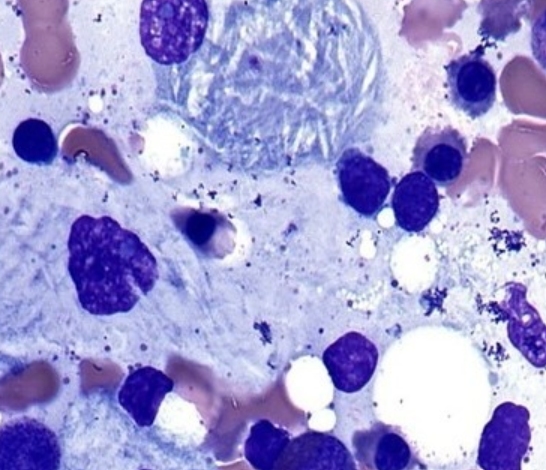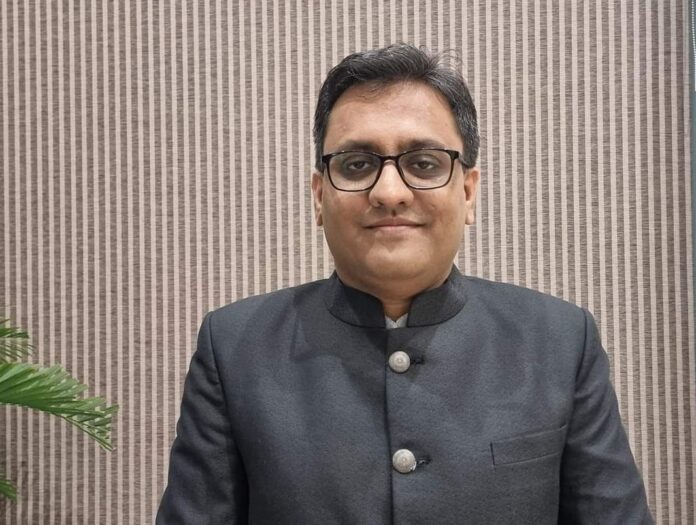Rare diseases, despite affecting only a small fraction of the population, loom large with uncertainty and struggle for those they impact. Each diagnosis harbors a tale of resilience, perseverance, and often, isolation. However, within this realm of rarity lies a profound opportunity for collective empathy and advocacy. By illuminating these frequently overlooked conditions, we not only amplify the voices of the afflicted but also deepen our understanding of the intricacies of human health.
Through research, support, and solidarity, we have the power to transform the narrative surrounding rare diseases from one of obscurity to one of empowerment, ensuring that no one navigates their journey alone.
Dr. Priyanshu Mathur, Associate Professor and In-charge of Rare Diseases at JK Lone Hospital, Sawai Man Singh (SMS) Medical College in Jaipur, emphasizes that public awareness of rare diseases has surged, largely due to headlines highlighting treatments costing crores of rupees. However, he underscores that many rare diseases can be treated at significantly lower costs. It’s estimated that approximately 6% of the country’s population suffers from various rare diseases.
Dr. Mathur’s affinity for complex cases led JK Lone Hospital in Jaipur to pioneer a rare disease clinic in 2014, marking the first of its kind in the nation. Since then, he has immersed himself deeply in this field, drawing from extensive training at prestigious institutions such as the Department of Medical Genetics at Emory University in Atlanta, the Institute of Myology in Paris for Neuro Muscular Disorders, and a Master’s in Neurometabolism and Cell Biology from the University of Barcelona.
In an exclusive conversation with senior journalist P. Srinivasan, representing The Interview World, Dr. Mathur delves into rare diseases, encompassing their diagnosis and treatment procedures, ongoing research advancements, and the imperative training of medical practitioners. Here, we distill the key insights from his enlightening interview.
Q: Can you explain the rare diseases and share some examples?
A: According to the World Health Organization, rare diseases are debilitating lifelong conditions affecting 1 or fewer individuals per 1,000 population, with 70%-80% being genetic. There are approximately 7,000 rare diseases, primarily impacting muscles, nerves, and lysosomal functions, which lead to metabolic and autoimmune disorders. Muscular Dystrophy, which affects the muscles, typically begins in children around the age of five. Similarly, Spinal Muscular Atrophy, which has four types (1, 2, 3, and 4), results from the loss of specialized nerve cells and can prevent children up to three years old from standing or walking. Lysosomal Storage Disorders include diseases such as Gaucher, Fabry, and Pompe.
Q: Is it true that the treatment of many rare diseases can be achieved at a lower cost?
A: Inherited Metabolic Disorders encompass around 1,900 rare diseases, 80% of which are genetically determined neurological disorders. These disorders include developmental delay, growth failure, hypoglycemia, movement disorders, epilepsy, and learning or intellectual disabilities. Notably, treatments for 500 of these 1,900 diseases are available at a lower cost, significantly enhancing the quality of life for affected children.
Q: How effectively are rare diseases diagnosed on time?
A: The diagnosis of these rare diseases is limited due to the shortage of trained doctors. Paediatricians typically specialize in either neurology or metabolism, but these disorders are neurometabolic, leading to delayed diagnoses. Notably, two years ago, the University of Barcelona launched a Master’s program in Neurometabolism and Cell Biology. The first cohort included 40 students, six of whom were from India. This course is anticipated to commence in India soon.
Q: What recent advancements have been made in the research of rare diseases?
A: Extensive research is essential in the field of rare diseases to enhance our understanding of these conditions. Pharmaceutical companies should also take the initiative to develop new drugs for treating rare diseases. Additionally, efforts should focus on drug repurposing, which involves investigating existing drugs for new therapeutic uses. This can be achieved through pathway identification, a promising area of study. For instance, researchers are currently exploring the repurposing of ambroxol, a molecule traditionally used to treat cough, as a potential treatment for Gaucher disease.
Q: What specific programs and initiatives has the state government implemented to enhance the training and professional development of doctors?
A: The general public and the medical fraternity lack awareness regarding rare diseases. To address this gap, the state government has initiated a program aimed at sensitizing healthcare personnel in all government medical colleges. Additionally, plans are underway to raise awareness among rural communities through Accredited Social Health Activists (ASHAs).
Despite advancements in medical science, the treatment for certain rare diseases remains prohibitively expensive. This poses a significant challenge for parents seeking treatment for their affected children. Consequently, questions arise about how they will secure the necessary funds and whether the government provides financial support.
The Government of Rajasthan remains steadfast in its commitment to facilitating treatment for patients afflicted with rare diseases within the state. However, due to the exorbitant costs involved, coupled with resource limitations and competing health priorities, the government faces difficulties in fully financing such treatments. In response to this challenge, Raj Sambal, a rare disease crowdfunding portal, was launched in August 2022. This platform allows donors to contribute towards the treatment of patients suffering from rare diseases. Presently, there are 49 registered patients, including four in critical condition, benefiting from this initiative.



